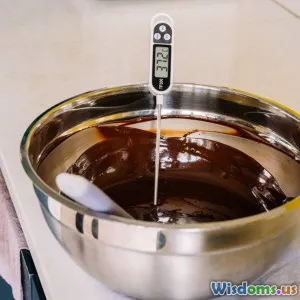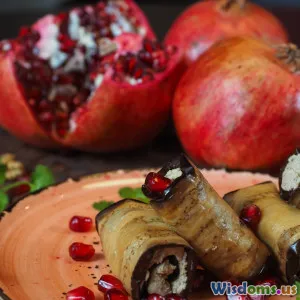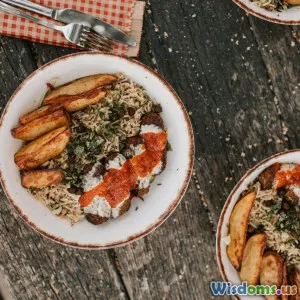
Can You Grill Vegetables Without Losing Crispness
18 min read Discover how to grill vegetables while retaining their natural crispness and flavor, using expert tips and top grilling techniques. (0 Reviews)
Can You Grill Vegetables Without Losing Crispness?
When the days grow warmer, the grill beckons. Fresh vegetables—vivid bell peppers, summer squash, sweet corn, and crunchy asparagus—pile up in baskets at the market. There's magic in coaxing out their flavors over open flame, but one concern plagues many grillmasters: how do you preserve that vibrant, satisfying crispness in your vegetables while still achieving those smoky, irresistible edges? Let’s dive deep and uncover the secrets to grilling vegetables so they stay just-crisp enough, beautifully blistered outside while remaining lively inside.
The Science of Vegetable Texture

To master crisp, grilled vegetables, start with the science. A vegetable’s texture depends on cell wall structure and water content. Heat agitates water molecules, causing cells to soften; grill them too long, and you’ll get mush. Different vegetables react in distinct ways—a green bean’s natural snap is due to firm pectin, while mushrooms become tender as their cell walls collapse.
For example, zucchini is nearly 95% water, making it vulnerable to sogginess, while carrots remain firmer due to a higher content of cellulose and robust structure. Understand this, and you’ll select the right vegetables—and grilling strategy.
Choose The Right Vegetables To Grill
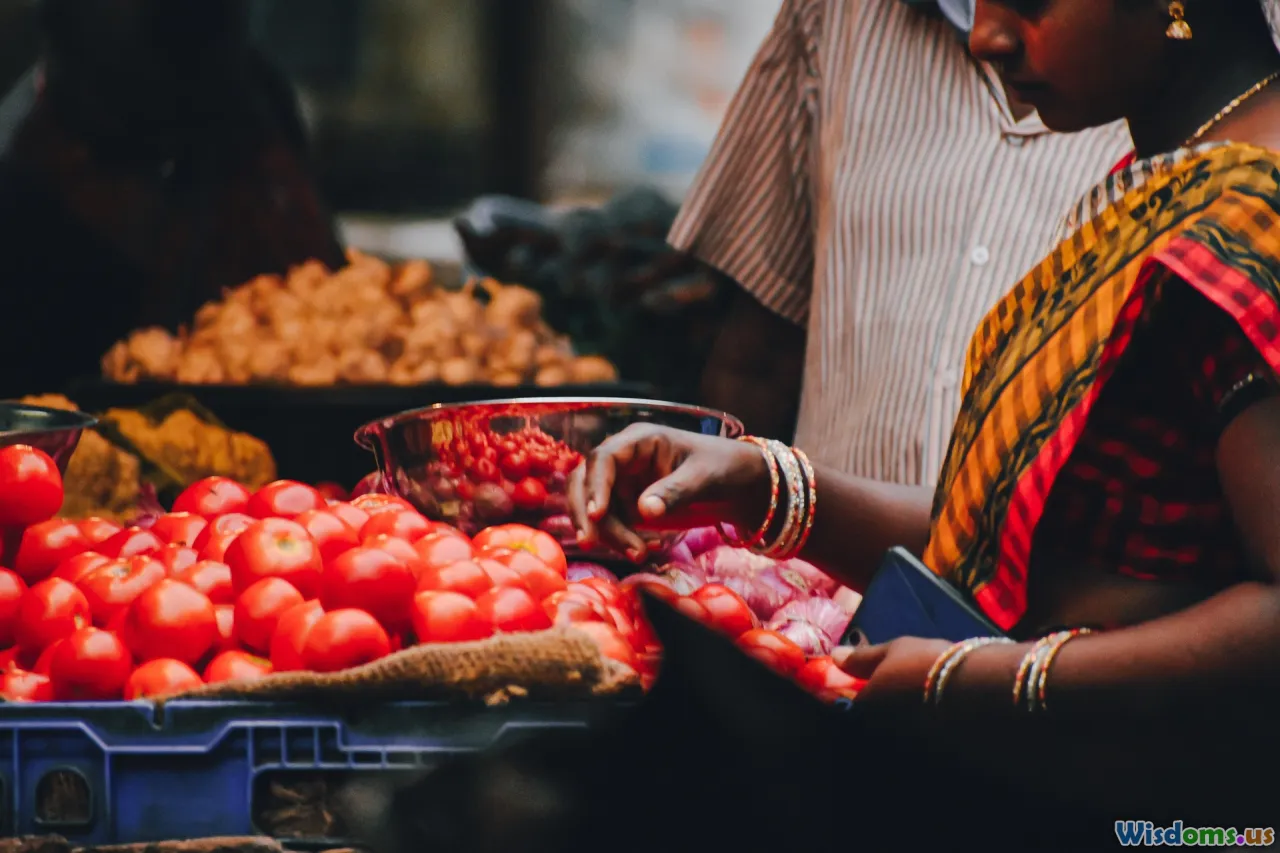
Not all vegetables are created equal when it comes to the grill. If you love a bold crunch, focus on those that naturally possess a sturdy bite and lower water content.
Some of the best options include:
- Bell peppers: Their meaty walls and resilience fare well even with longer grilling.
- Asparagus: Thin yet tough enough to withstand searing.
- Carrots and parsnips: Slice into planks for the grill; they’ll soften but keep a pleasing bite.
- Green beans: Charred outside, snappy inside if cooked quickly.
- Corn on the cob: The ultimate summer staple, maintaining both pop and juiciness.
- Broccoli and cauliflower: When cut into wide steaks, they char delightfully while their stems maintain chew.
On the other hand, vegetables like tomatoes, eggplant, and zucchini can turn mushy quickly. With specific methods (discussed below), even these can be grilled while keeping a degree of crispness.
Preparation: Slicing, Salting, and Prepping for the Grill
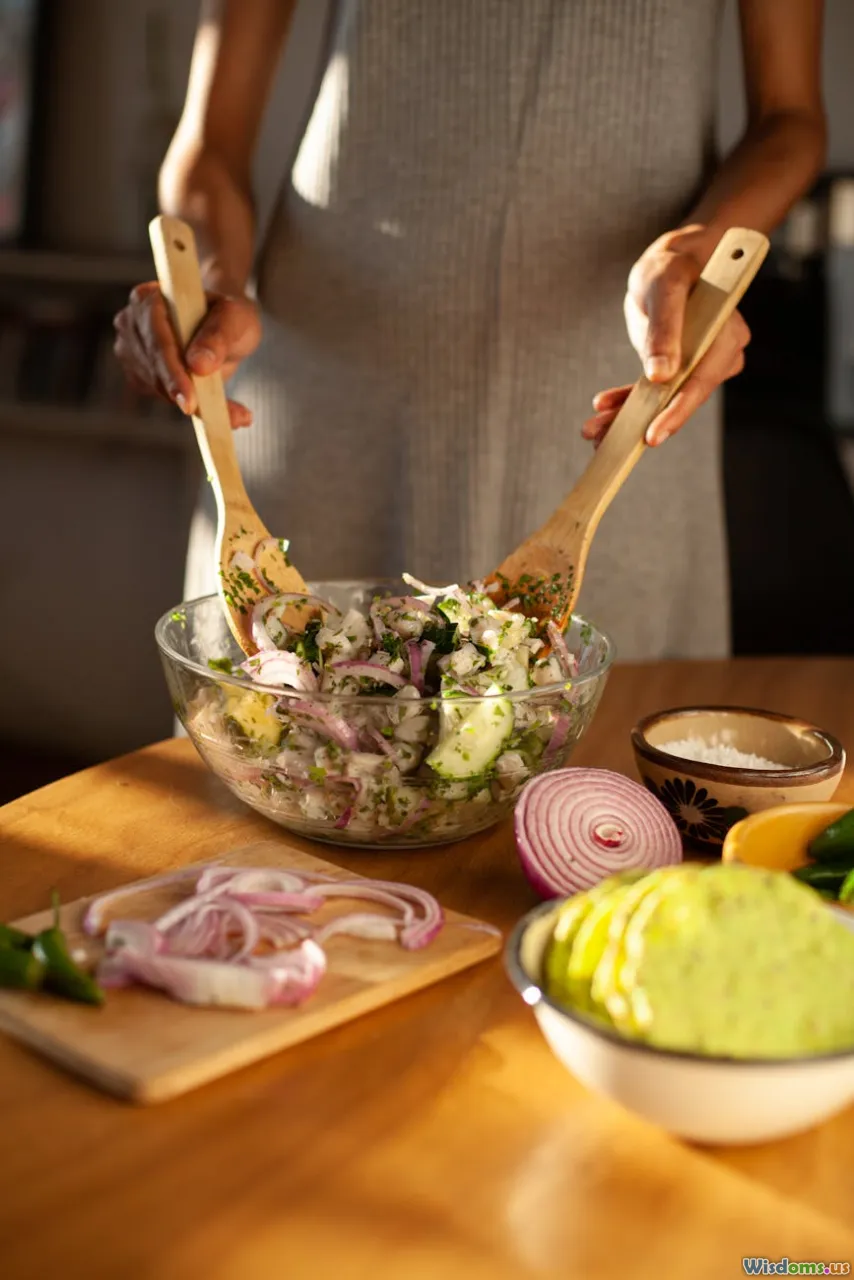
Vegetable prep is pivotal to grilling success. How you cut, season, and handle your vegetables before they hit the flames determines the textural outcome.
Cut to Maximize Surface Area
Thicker planks, wedges or spears tend to hold up better on the grill. Use these guidelines:
- Bell peppers: Wedges or large "sail" pieces.
- Carrots and parsnips: ½-inch-thick planks or lengthwise cuts.
- Zucchini and summer squash: Halved or thirded lengthwise, not into thin rounds.
- Broccoli/Cauliflower: Thick steaks, at least ¾-inch thick.
This approach prevents excessive moisture loss, preserving a firmer texture.
Salting for Success
Salting can help draw out excess water from high-moisture vegetables such as eggplant and zucchini. Lay slices on a rack or paper beard, sprinkle with salt, wait 20–30 minutes, then pat dry. You’ll get a fresher, more condensed bite that’s less susceptible to mushiness once grilled.
Dry Thoroughly
Moisture causes softening and hinders caramelization. After washing or salting, pat vegetables completely dry to encourage browning and crispness during grilling.
Tools & Grill Setup: The Right Gear For Crispness
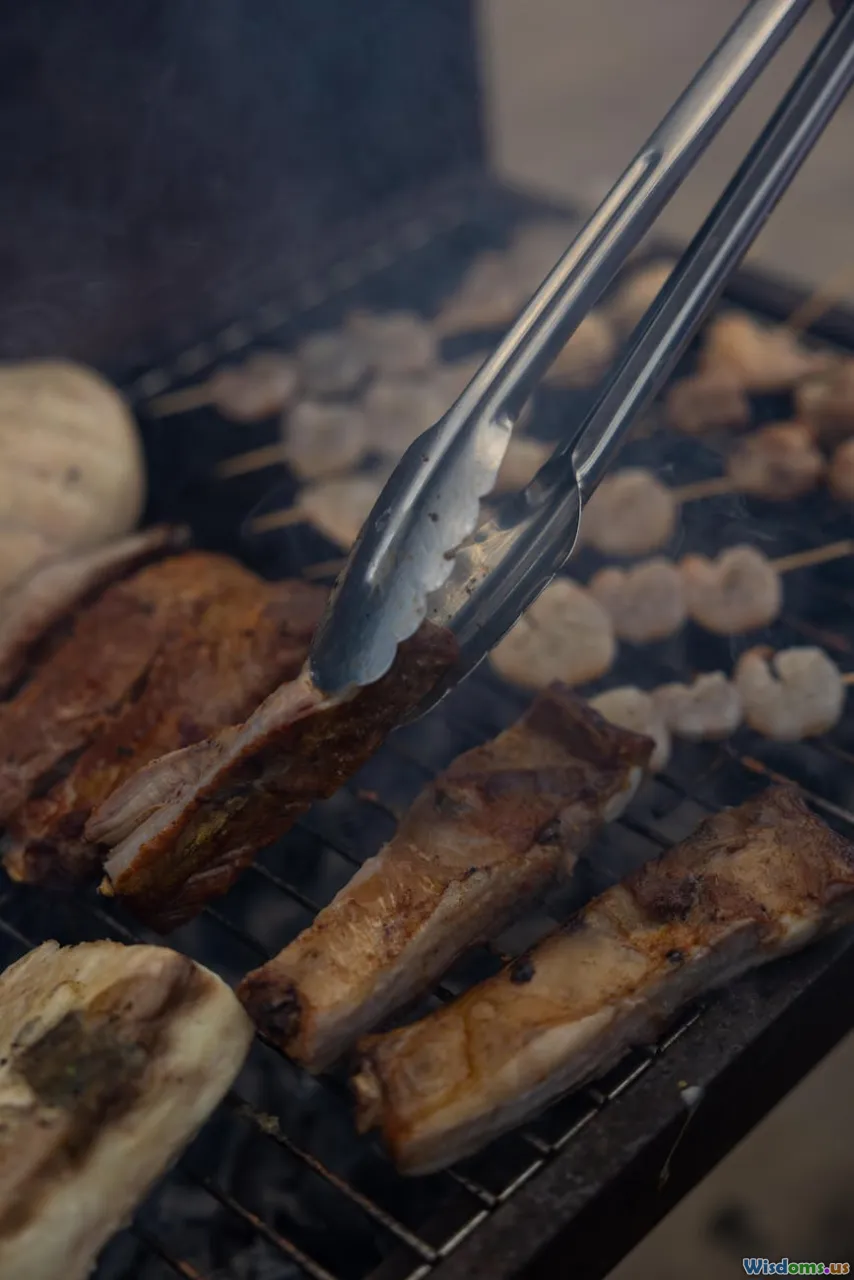
Great results require the right tools and setup. These tips can set you up for crispy success:
- Preheat your grill to high: Start with a very hot grill (450–500°F). Quick sears will lock in texture, add char, and prevent slumping.
- Use a grill basket: Especially for small or tender veggies, a mesh basket prevents loss through grates while ensuring maximum exposure to heat.
- Long-handled tongs: For swift movements and flipping, essential for even crisping.
- Oil veggies, not the grill: Lightly brush vegetables with high smoke-point oil (like avocado or grapeseed) just before grilling. This ensures better browning without excess greasy residue.
Timing Is Everything: How Long Should You Grill Vegetables?
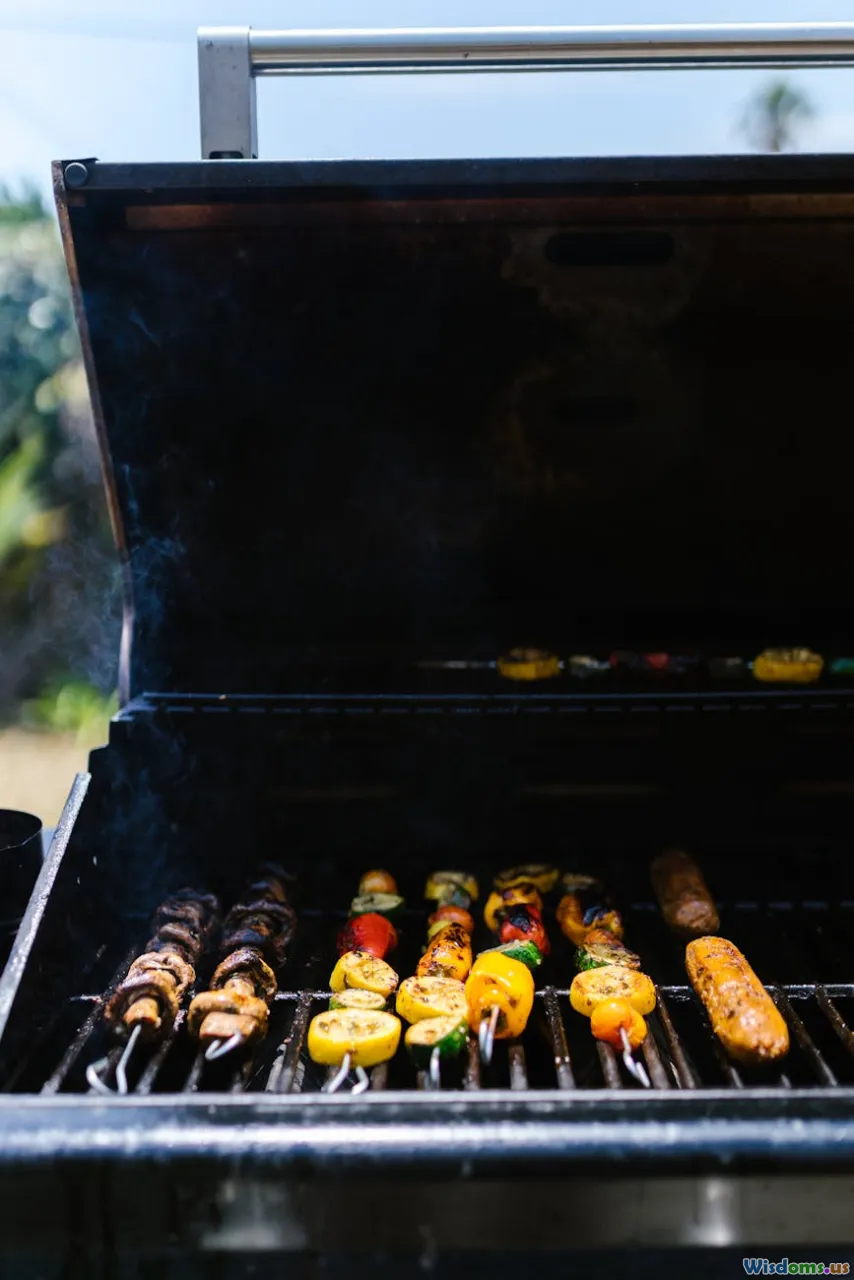
One of the main reasons vegetables lose their crisp texture is simple: overcooking. Each vegetable has its own perfect window on the grill—usually far shorter than meat or poultry. Here’s a quick reference for classic varieties (always grill over direct high heat unless otherwise stated):
| Vegetable | Prep/The Cut | Grilling Time | Notes |
|---|---|---|---|
| Bell Pepper | Large slabs/wedges | 4–5 minutes/side | Deep char, tender, slightly crisp |
| Asparagus | Whole, trimmed | 3–4 minutes | Just until lightly charred |
| Zucchini/Summer Squash | Lengthwise, thick | 3–4 minutes/side | Slightly soft, not mushy |
| Carrot/Parsnip | Planks/spears | 5–6 minutes/side | Will brown, stay pleasantly firm |
| Green Bean | Whole | 3–4 minutes | Charred but snackable |
| Broccoli/Cauliflower | Thick steaks | 5–6 minutes/side | Crisps if seared quickly |
| Corn (in husk) | Whole | 15–20 min, turning | Kernels steamy, juicy, poppy |
Fast searing on high heat ensures a crisp-tender texture. The moment you see char and smell caramelization, start checking for doneness by poking with a fork—the fork should meet a little resistance.
The Moisture Paradox: Preventing Soggy Grilled Vegetables
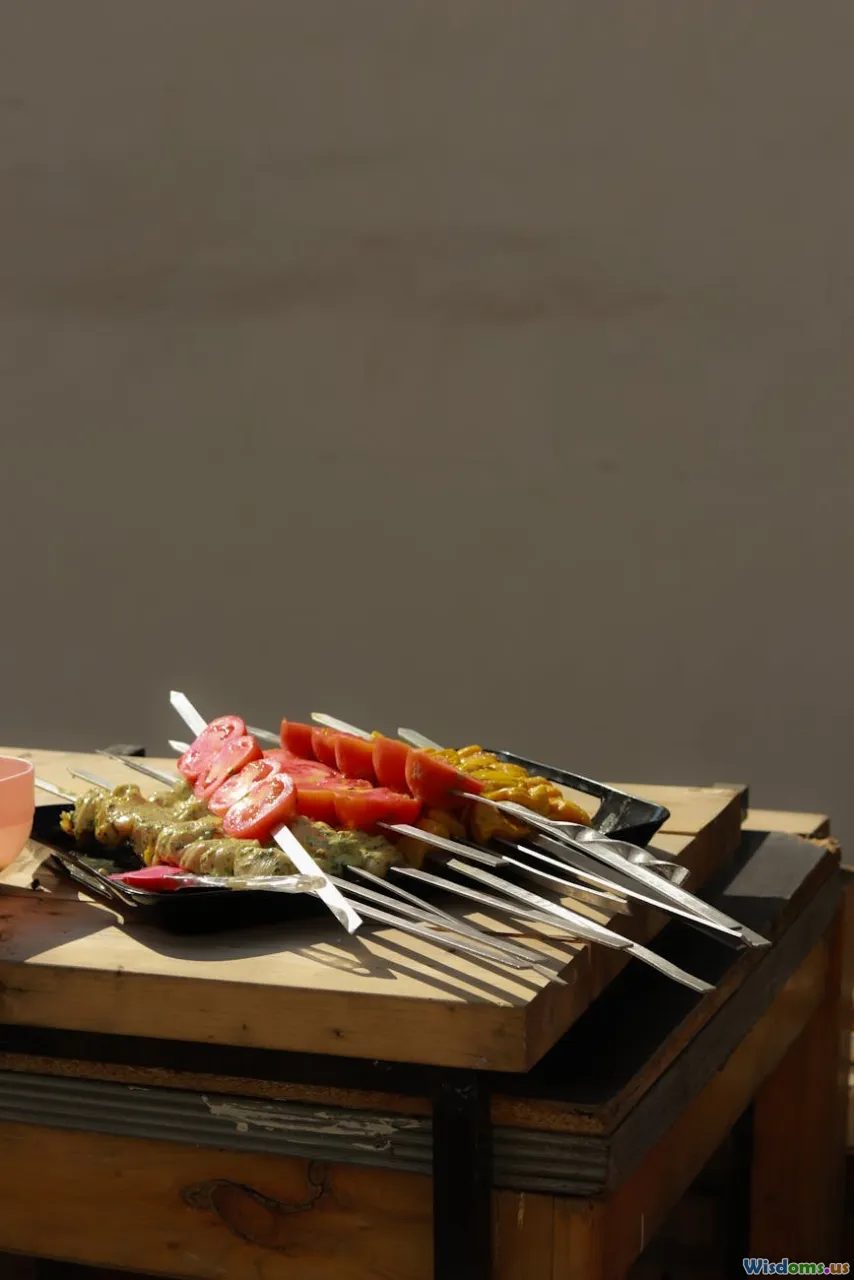
Crispness is about managing water—the biggest challenge in grilling vegetables. Here’s how to tip the balance in your favor:
- Don’t crowd the grill. Packing your veggies tightly causes them to steam, not grill, and leads to limp results. Lay each piece with some breathing room.
- Avoid dripping marinades. Marinades high in water or acids can break down the surface too quickly, causing softness. Use minimal, thick, oil-based marinades or dry rubs.
- Vent or open lid. Closing the grill lid traps moisture and promotes steaming, so grill vegetables with the lid open unless you’re working with tough roots.
Marinades, Oils, and Seasonings: Enhancing Crispness and Flavor

A little bit of the right fat and seasoning can protect vegetables and punch up flavor.
- Oils: Use a thin coat of oil with a high smoke point before grilling. Olive oil is flavorful and ubiquitous, but for true high-temp grilling, avocado or refined sunflower is best.
- Dry herbs and spices: Garlic powder, smoked paprika, cumin, za’atar, or chili powder form a flavor crust and promote crispness without extra moisture.
- Breads and batters: For an even greater crunch, try lightly dusting stickier vegetables (like eggplant) with a little flour, chickpea flour, or polenta, then coating with oil before grilling. This encourages extra browning and crispy edges—think grilled tempura, but healthier.
Special Techniques for Delicate or High-Water Vegetables
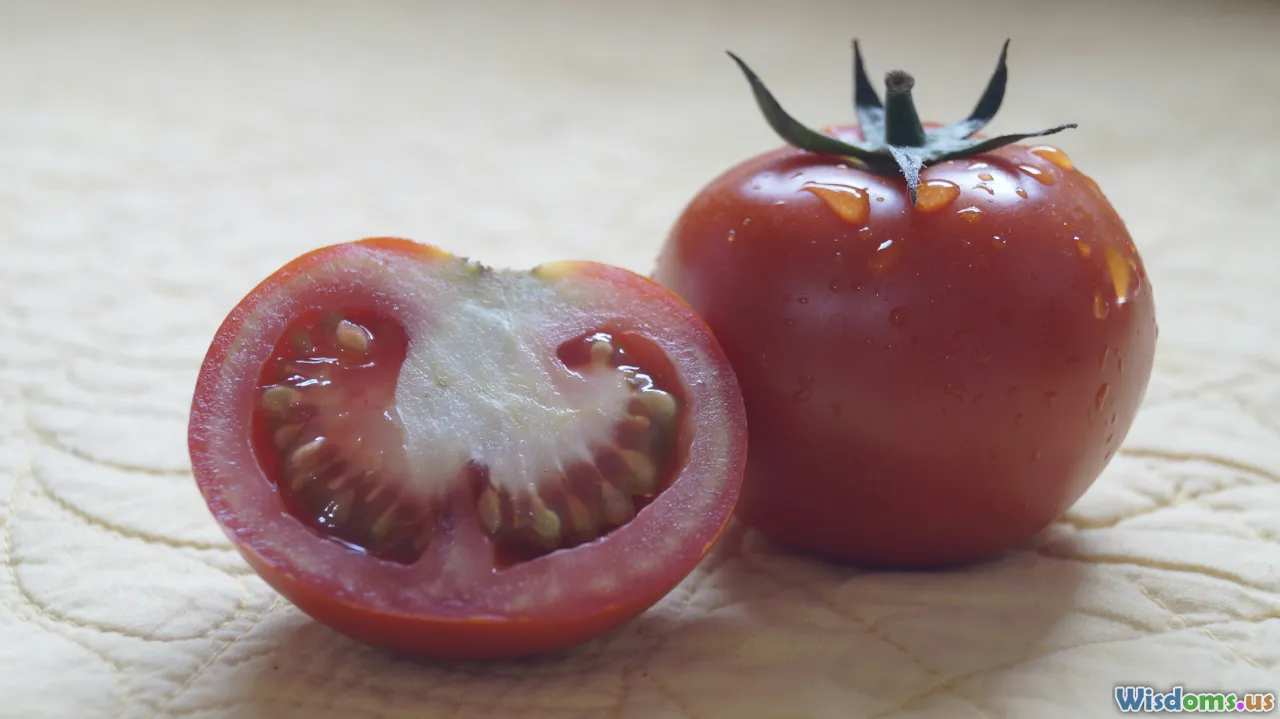
Some vegetables are just trickier. Take, for example, tomatoes—grilled cherry tomatoes can burst and ooze. Or eggplant—they can absorb oil and get mushy.
Here are chef-approved techniques for difficult produce:
Cherry or Grape Tomatoes
- Skewer or use grill baskets. This makes turning easy and prevents drop-through.
- Grill just 1–2 minutes, rolling often. Take off once blistered, before skins split. Let cool slightly; centers will set up with preserved texture.
Eggplant
- Slice and heavily salt rounds. Wait 30 minutes, rinse, then pat dry to reduce water and bitterness.
- Use an oil brush. Lightly brush both sides just before grilling—eggplant needs fat to crisp but quickly soaks up too much.
- High heat, short time. Sear slices 3–4 minutes/side. Remove when golden and barely tender: still toothsome, not floppy.
Mushrooms
- Use larger varieties such as portobello, oyster, or whole cremini for best control.
- Don’t wash prior to grilling: Wipe clean only. Moisture leads to softness.
- Oil and salt just before grilling, not too long in advance.
Real-World Examples: Restaurant Worthy Crisp Veggies
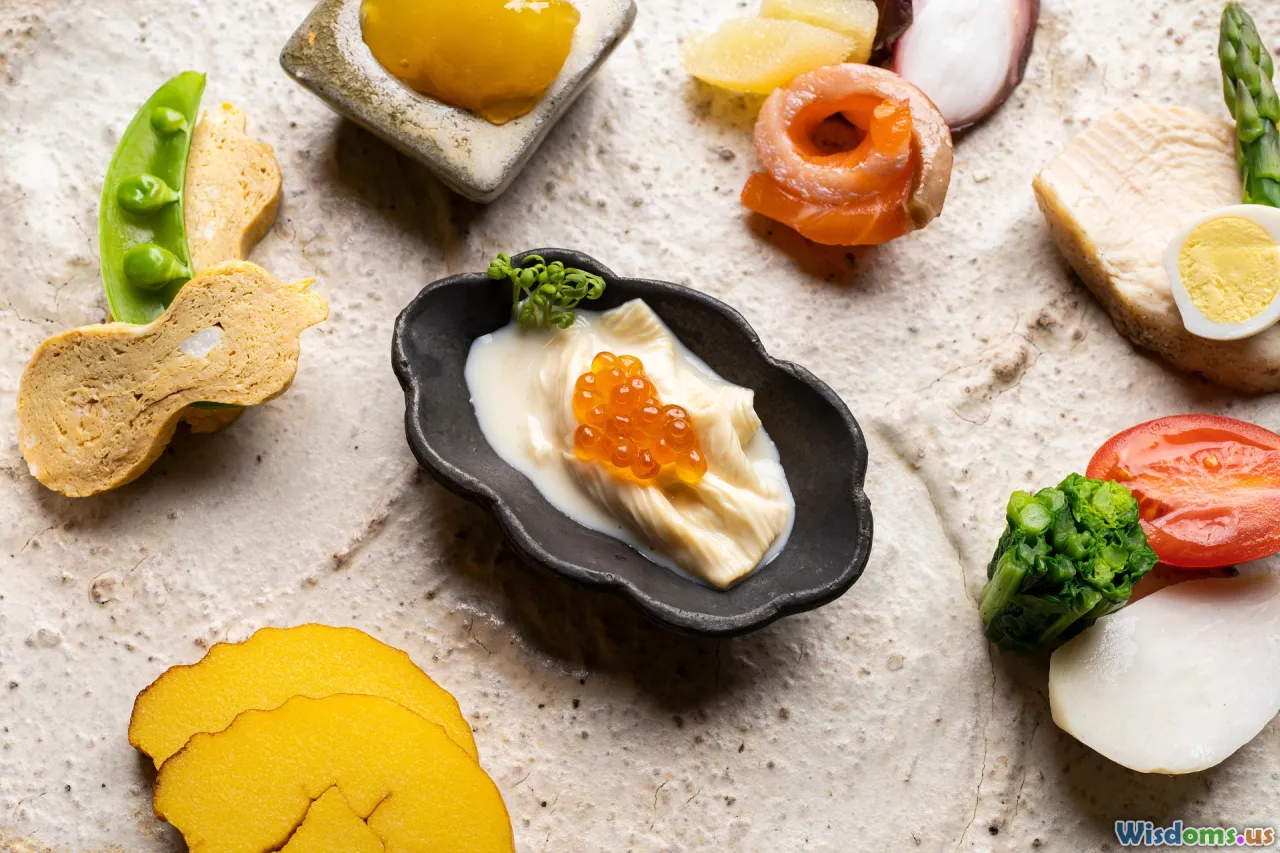
Crisp, charred vegetables aren’t just food for the backyard—they’re a staple at high-end restaurants, where chefs rely on these very tactics.
At LA’s acclaimed Bestia, executive chef Ori Menashe is known for plate after plate of grilled broccolini and carrots that maintain both sear and al dente bite. The key, according to the culinary team, is “absolute high heat and rapid removal.” They also drizzle just a touch of lemon or vinaigrette after grilling, preserving crispy edges.
In grilling competitions, pros will often pre-roast root vegetables at low oven temp (just until barely softened) then finish on the grill, achieving a caramelized, smoky crust while the centers resist over-softening. This staged approach is especially good for beets and potatoes.
Grilling Beyond the Backyard: Inspiring Non-Traditional Dishes

There’s more to crispy grilled vegetables than side dishes. Try folding seared asparagus or charred pepper strips into tacos or wrapping a handful into warm pita with whipped feta and sumac. Grilled vegetable salads, like a mix of firm green beans, corn, and cherry tomatoes tossed straight-from-the-grill with a garlicky vinaigrette, are vibrant and textural.
And don’t miss grilled vegetable pizza—using briefly charred ribbons of zucchini or smoky onions adds flavor and that vital bite, standing up to melty cheese and robust sauces.
Troubleshooting: Why Aren’t My Grilled Vegetables Crisp?
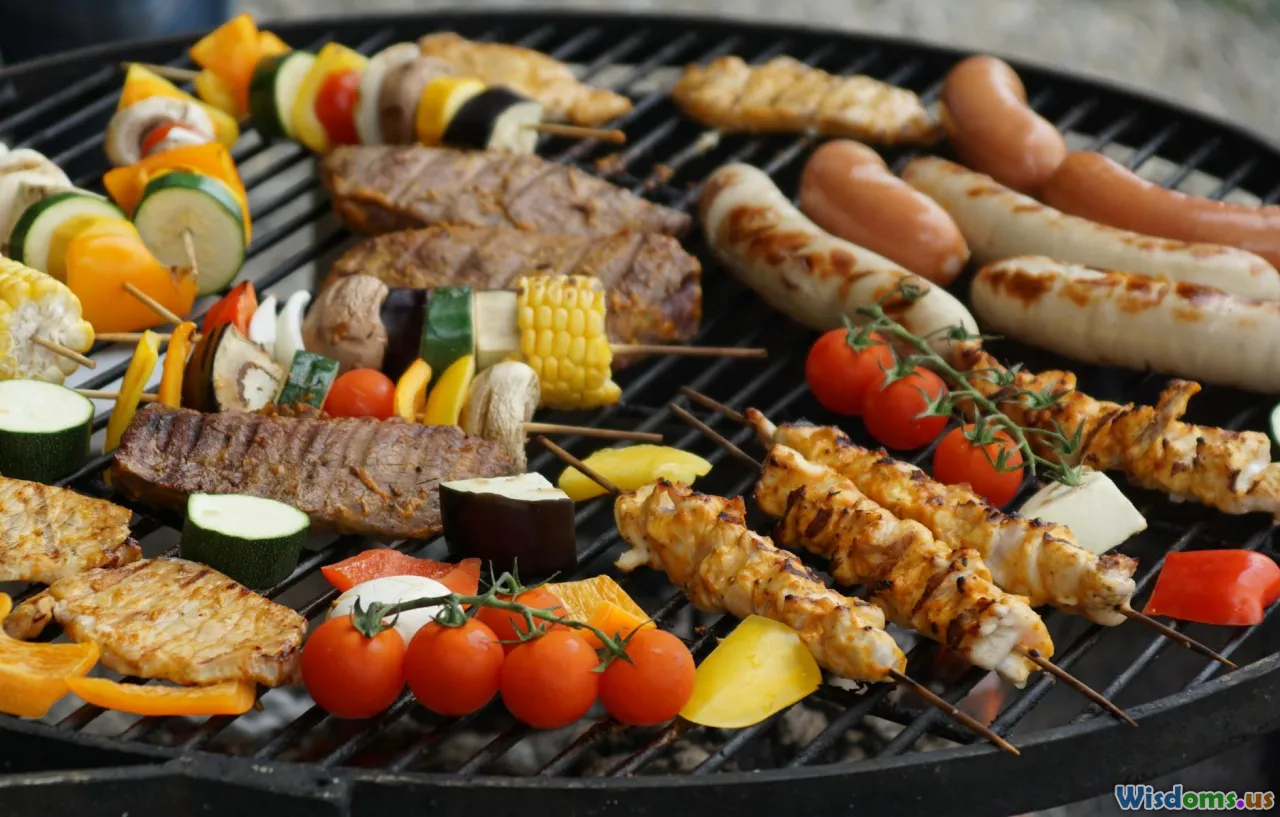
If you find your vegetables are still falling limp, take stock:
- Not hot enough? Pre-heat the grill longer and get it to true high temp before adding veggies.
- Too much oil or marinade? A thin film only; fats help but too much makes for sogginess.
- Overcrowding? Space them out. Close proximity = steam.
- Overgrilling? Remember, a minute makes a big difference. Start tasting after two minutes—remove while still springy.
- Skipped drying? Even a light pat of a towel removes surface moisture.
A crisp grilled vegetable is a result of process, not luck! And every batch is a lesson—note what worked best and adapt for next time.
The Final Flourish: Serving and Storage Tips
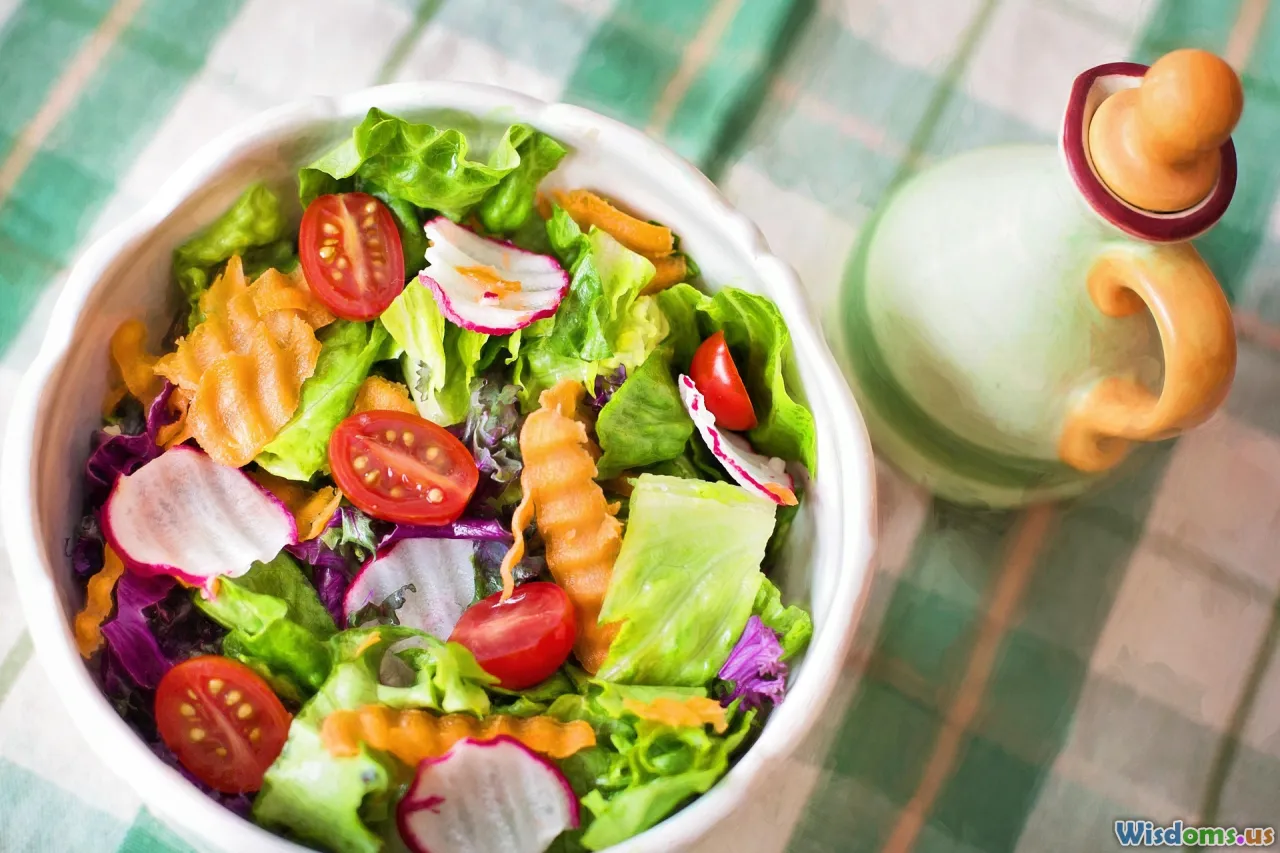
Serve grilled vegetables immediately. Time is of the essence: even the crispiest carrot will slacken if left to steam under foil. If you must prep ahead, let vegetables cool completely in a single layer, uncovered, then store.
Refrigerated grilled veggies can soften, so consider a quick, flashing sauté before serving, or toss with crunchy elements such as toasted nuts or seeds to revive texture in leftovers.
Bringing it all together: with smart prep, the right vegetables, sizzling-hot grates, and careful timing, the grill unlocks not limp slivers but crisp, caramelized, flavorful morsels. Tomorrow’s cookout could feature not just smoky proteins, but also vegetables that truly steal the show.
Rate the Post
User Reviews
Other posts in Healthy Cooking
Popular Posts











